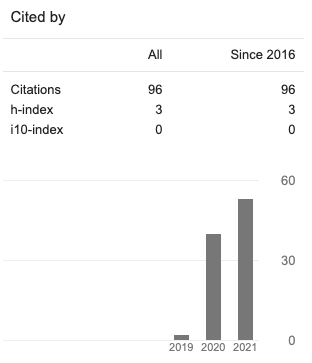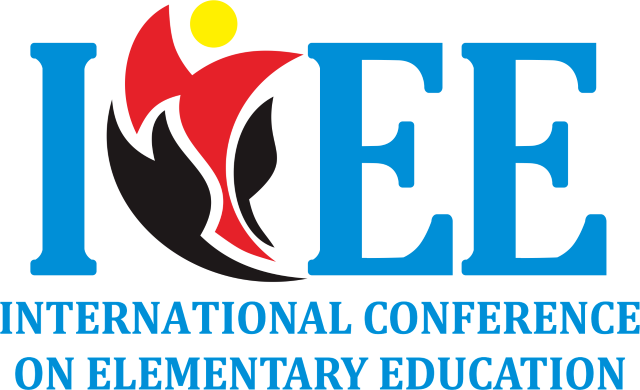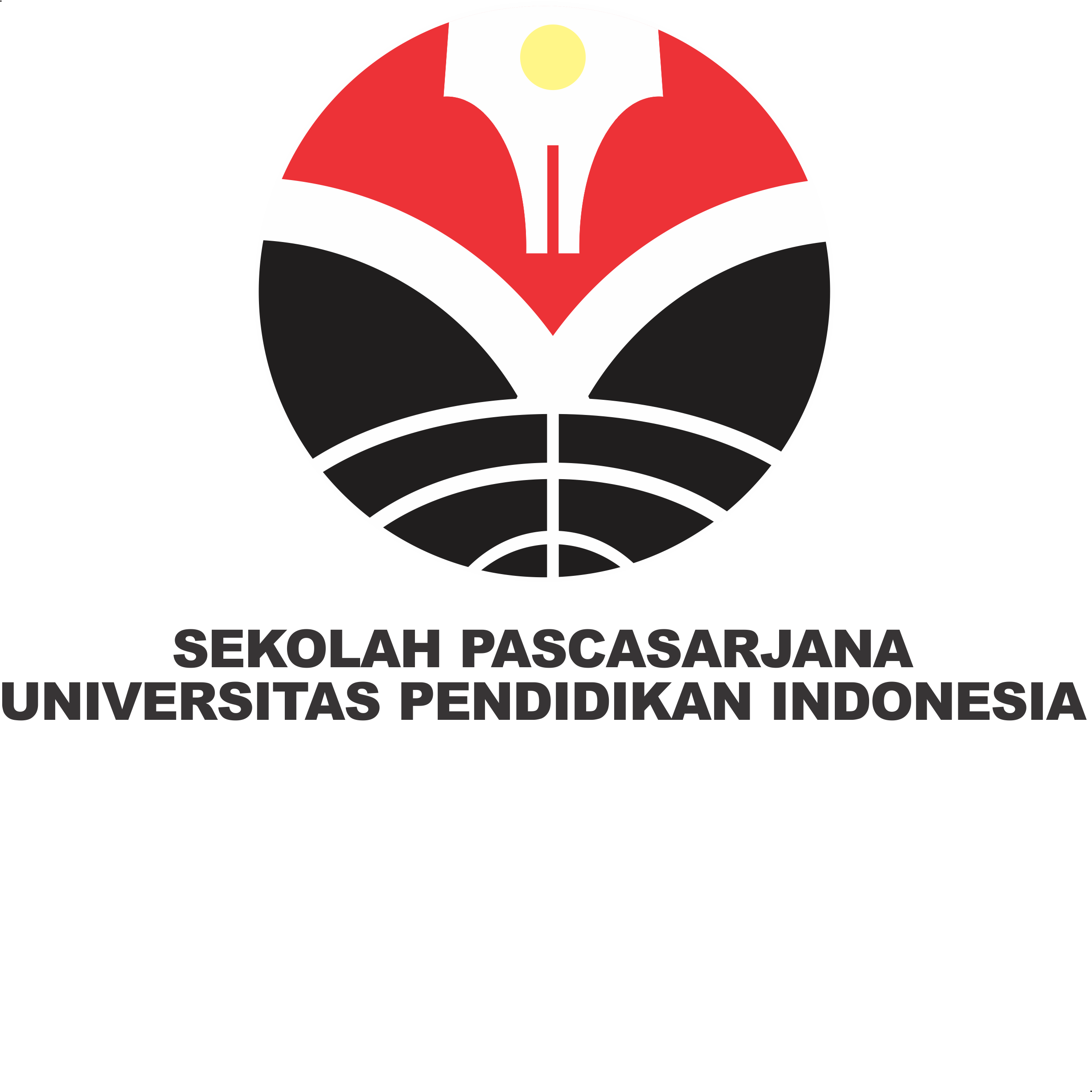Effect of Tsunami Monument Utilization of PLTD Ship Apung as a Source of Learning to Improve Students Understanding of Mitigation Earthquake and Tsunami Disaster
Abstract
Tsunami Monument Floating PLTD Ship is a ship from the 2004 Aceh earthquake and tsunami, the ship that used to function as a power plant that fell to the coast after the Aceh earthquake and tsunami that occurred in 2004. After various repairs were carried out by the local government it was finally made as a tsunami monument and education center for the surrounding community. This study aims to analyze outdoor study methods and conventional learning methods. This research is a quantitative approach with a quasi-experimental method. The population in this study consisted of two classes in class XI of SMAN 6 Banda Aceh, where the study sample consisted of 33 students. The results showed, 1) there was an increase in understanding about earthquake and tsunami disasters to students after learning to use the outdoor study method using the Floating Monument PLTD as a learning resource, 2) there was an increase in understanding about earthquake and tsunami disaster mitigation using conventional learning methods by utilizing the Monument Floating PLTD Tsunami Ship as a source of learning, 3) there is a difference in understanding of earthquake and tsunami mitigation in students after learning between outdoor study methods and conventional learning methods in utilizing Floating Monuments PLTD learning Ship Floating sources















